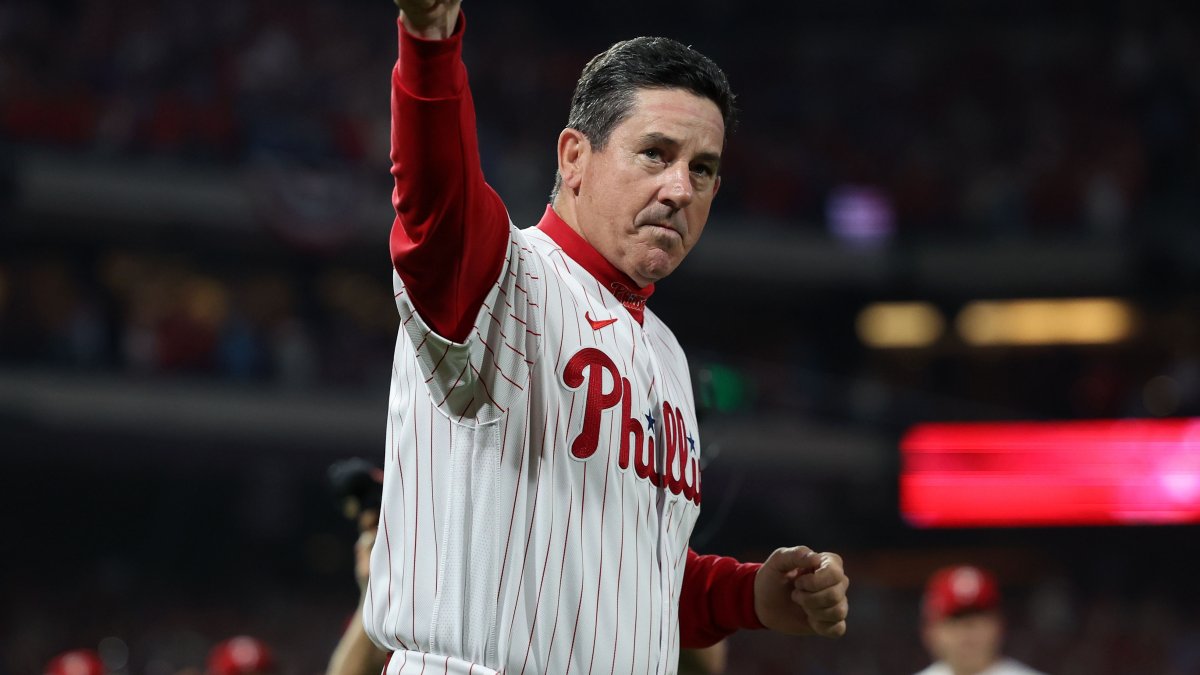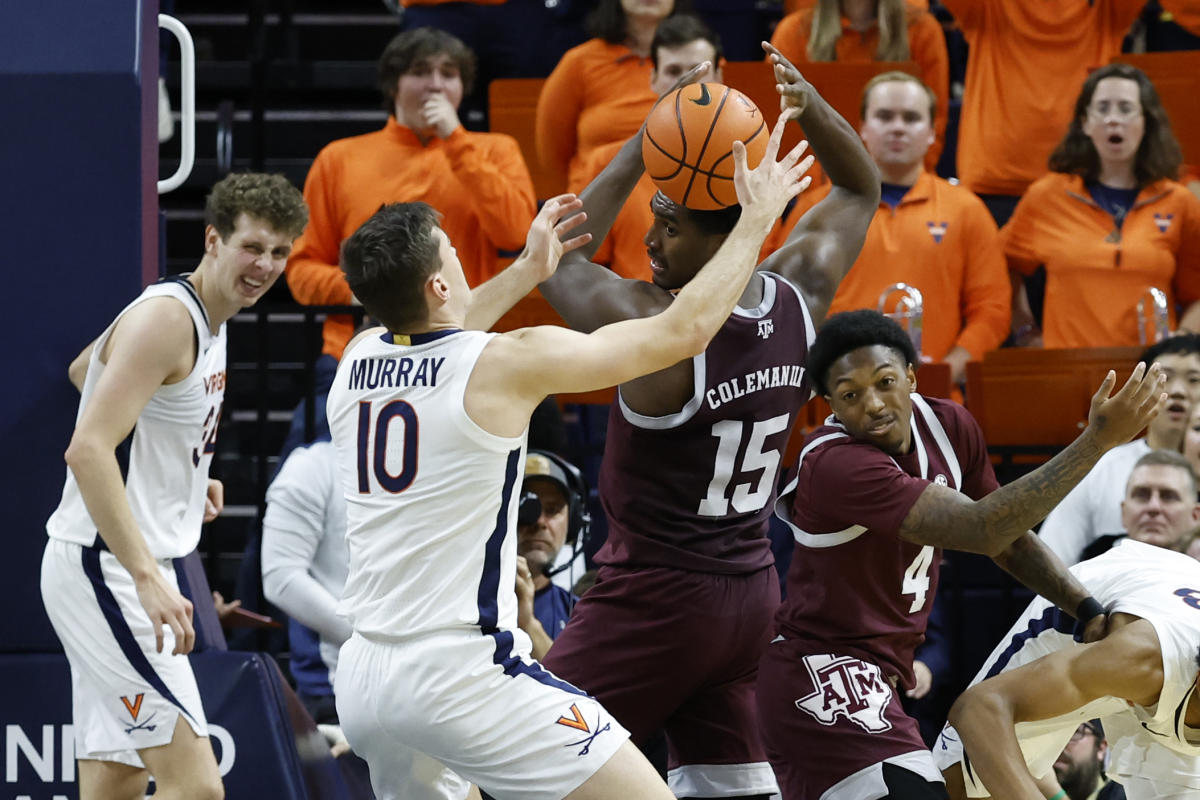Last week, the Senate Judiciary Committee conducted its 10th hearing on name, image, and likeness (NIL) regulation in college sports. Key figures such as NCAA president Charlie Baker, Big Ten commissioner Tony Petitti, and Notre Dame’s outgoing athletic director Jack Swarbrick testified, discussing federal NIL legislation and the ongoing battle to preserve amateurism in college athletics. South Carolina Sen. Lindsey Graham echoed the sentiment shared by many, stating that college football is in chaos due to the transfer portal and NIL. Days later, the Big Ten revealed that the NCAA is investigating Michigan football for potential rule-breaking in relation to in-person scouting of opponents. This development adds to the ongoing NCAA investigation into recruiting violations, resulting in a three-game suspension for head coach Jim Harbaugh at the start of the season.
GO DEEPER’That’s as big as it gets’: How much does knowing an opponent’s signals matter? One of college football’s most legendary programs, led by a prominent coach, now faces concurrent NCAA investigations. Coaches, administrators, and even Congress have long expressed concerns about the state of college football. These concerns have lately revolved around the transfer portal, NIL-related pay-for-play, conference realignment, and the NCAA’s inability to govern it all. While some of this apprehension is warranted, more scrutiny should be directed towards the behavior of head coaches on and off the field. Despite the emergence of the NIL era, where players like USC’s Caleb Williams feature in commercials and Ohio State’s Marvin Harrison Jr. appears on potato chip bags, head coaches remain the biggest stars of the game. They are the most recognizable and powerful figures, earning top salaries and playing a consistent role in a sport that thrives on change. Yet, when individuals voice concerns about the changing landscape of college football or fearmonger about its future, coaches tend to escape criticism, despite their track record of inviting it.
For example, Jim Harbaugh, the Michigan head coach, received a three-game suspension due to possible NCAA violations and allegations of providing false information. The latest investigation involving the Wolverines centers around suspended recruiting analyst Connor Stalions, who reportedly coordinated an “extensive network” of illegal sign-stealing efforts. However, does anyone hold Harbaugh accountable for contributing to the chaos in college football? Harbaugh himself claimed to have no awareness of any illegal sign-stealing within his staff. Even if the investigation concludes that Harbaugh had no knowledge of these alleged activities, it raises questions about negligence or duplicity within a profession that places a premium on attention to detail and authority. The point is not to single out Harbaugh; he is just one example among many controversial coaches. Head coaches, week after week, make thoughtless comments that attract attention. However, these incidents pale in comparison to more extreme cases like Mel Tucker’s firing for sexual harassment allegations or Pat Fitzgerald’s firing for hazing allegations. High-profile institutions have faced intense scrutiny for reckless behavior by their football programs, including driving incidents that led to fatalities.
It is crucial not to generalize all head coaches as problematic or equate different transgressions. A regrettable comment does not compare to illegal sign-stealing or systemic hazing. Nonetheless, there remains a prevalence of coaches who pursue their passion while respecting the game and developing players. However, the majority of college coaches are hyper-competitive control freaks who constantly seek competitive advantages, even if they break rules. Many engage in minor rule violations, akin to jaywalking, that are largely harmless but still prohibited. These behaviors have become part of the culture. Yet, too frequently, highly paid coaches cross the line, causing turmoil and embarrassment in the sport. Players driving nice cars or attending multiple schools pale in comparison to the accountability these coaches should face. Besides being fired for cause, there must be reasonable deterrents to prevent coaches from behaving badly. The threat of being fired for cause may not be enough, as evidenced by coaches like Hugh Freeze, who have returned to head coaching positions despite past controversies. If Michigan is found guilty of severe violations, the university, the Big Ten, and the NCAA should swiftly administer appropriate punishments. However, it remains uncertain whether these institutions will take decisive action.
Reform is necessary in college sports, particularly regarding NIL and transfers. However, it seems unlikely that the NCAA or Congress will implement effective measures. Genuine reform would require collaboration among the most influential and highly paid coaches to establish and uphold higher standards. Sadly, there is little evidence to suggest that such collaboration exists. When someone criticizes the current state of college football, it is essential to recognize which group holds the most power to bring about change and how many of these coaches choose to wield that power instead.

Alex Martin is your guide to the global phenomenon of football. With a focus on international leagues and tournaments, he provides match commentary, player interviews, and behind-the-scenes stories from the world of football.




:no_upscale()/cdn.vox-cdn.com/uploads/chorus_image/image/72931262/usa_today_21973134.0.jpg)


